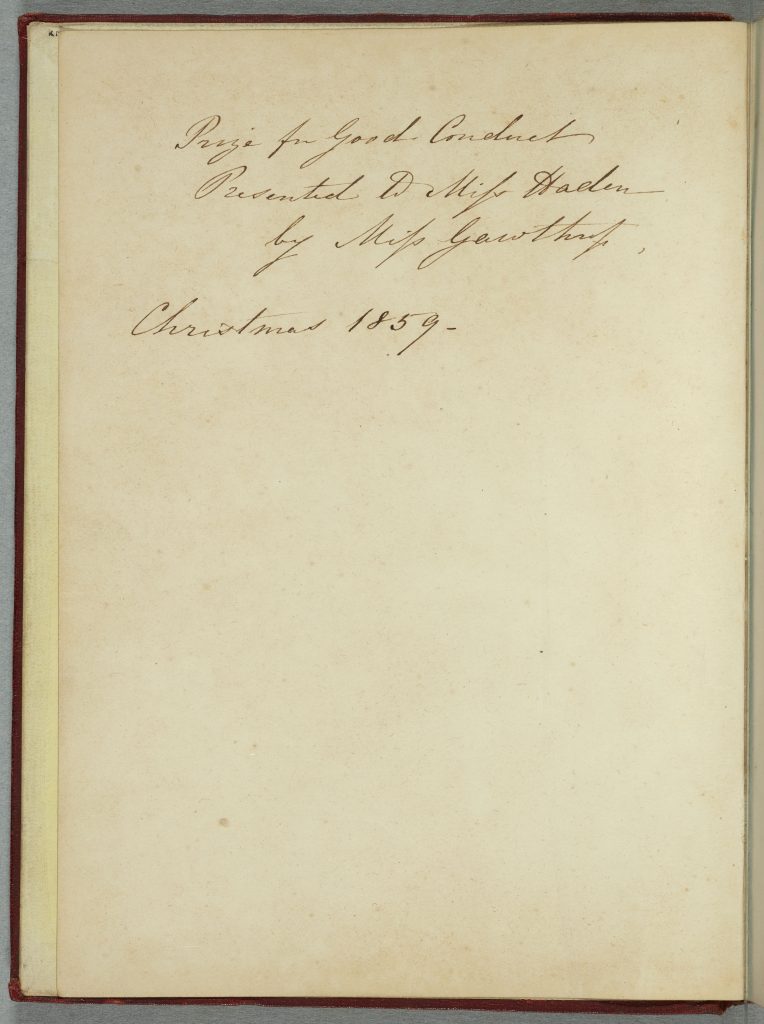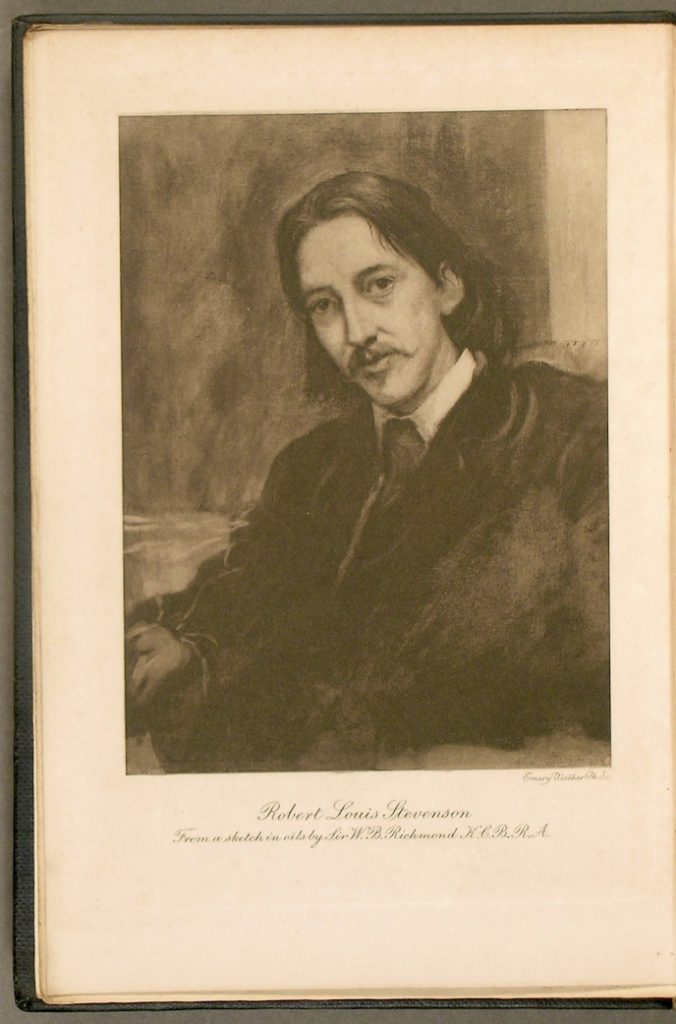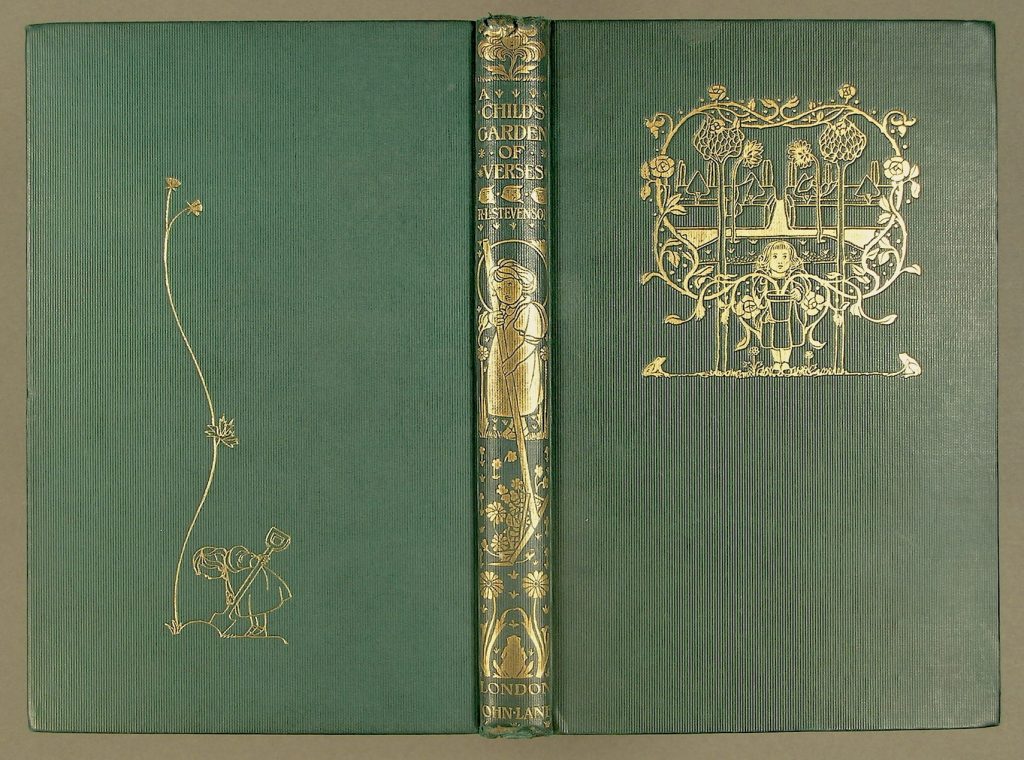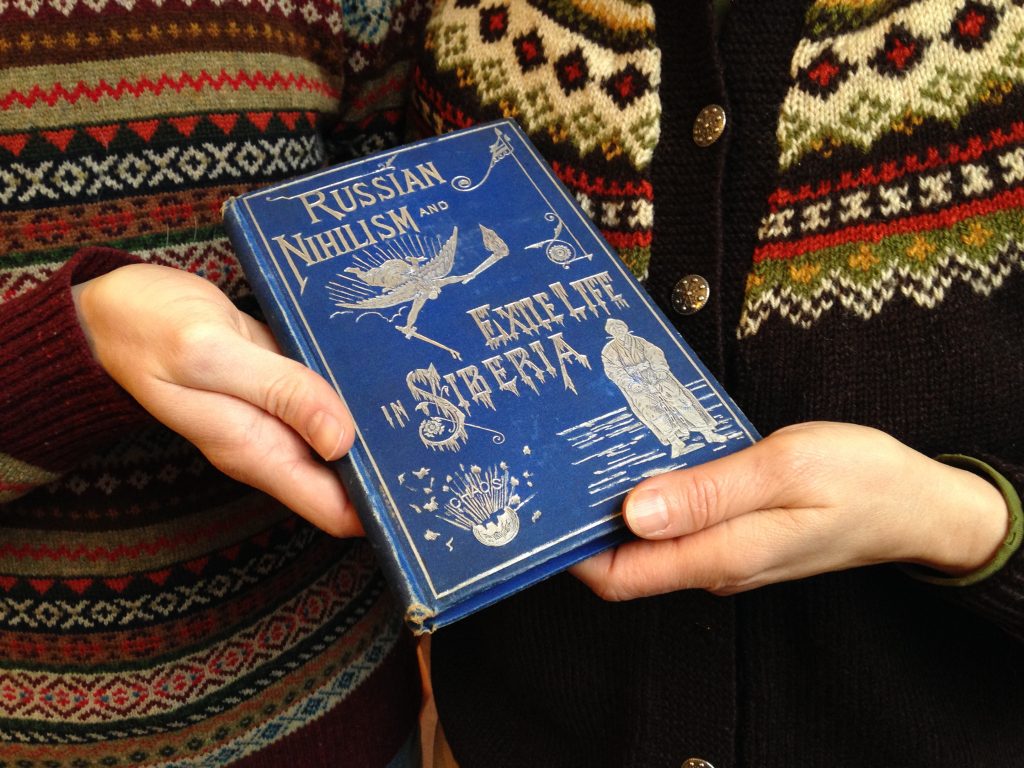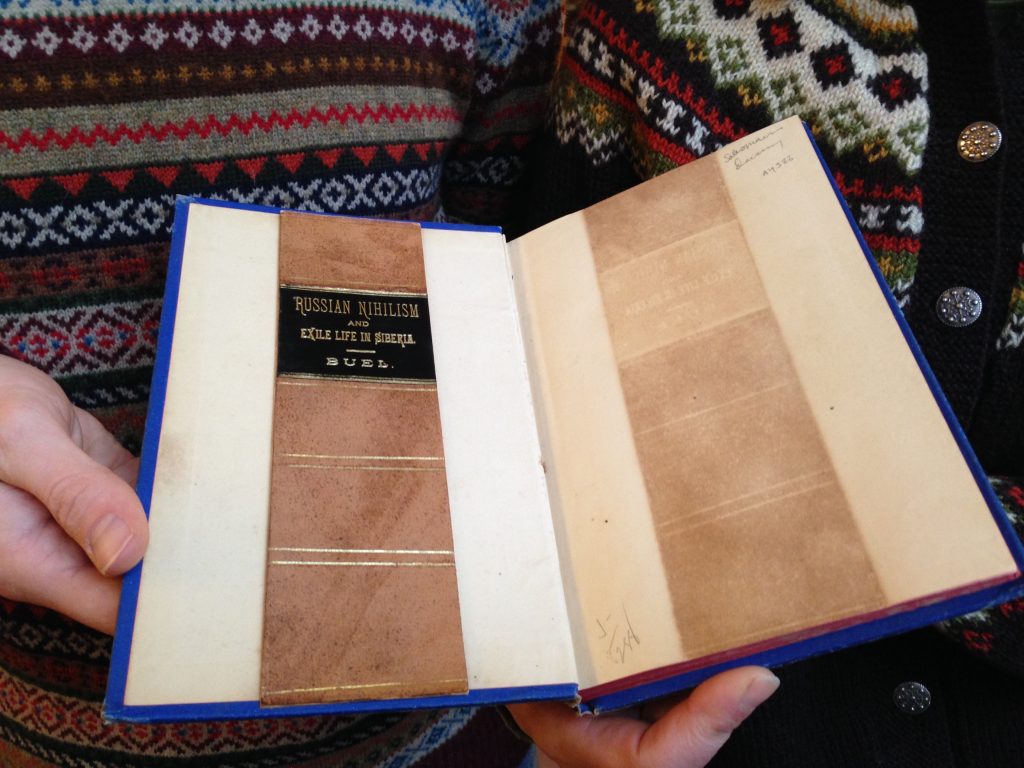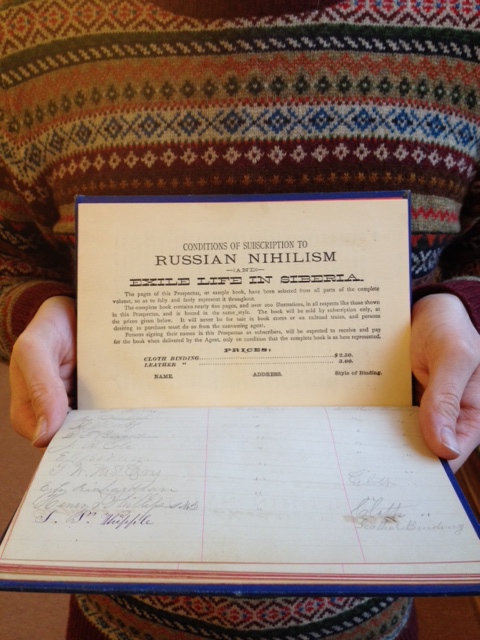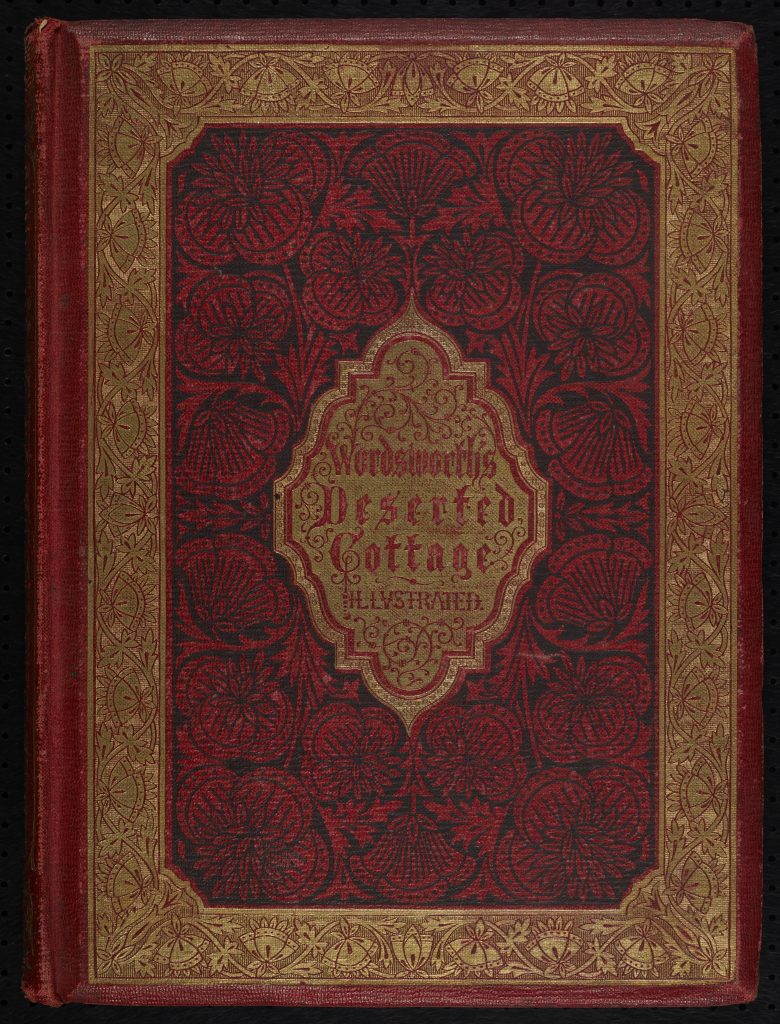
The textual history of Wordsworth’s Excursion, intended as a first installment of his planned magnum opus The Recluse, is astonishingly complicated. The texts that became The Excursion were composed over many years, with portions drafted as early as 1797. These poetic fragments would continue to grow as Wordsworth’s conception of the poem changed over the course of almost twenty years. Furthermore, portions of what would eventually become books 1 and 2, “The Wanderer” and “The Solitary,” had been sometimes referred to under the varying titles “The Ruined Cottage” and “The Pedlar.”
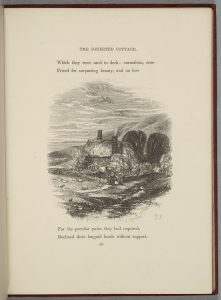
The Excursion first appeared to the public eye in 1814 in a handsome quarto edition, and went through several more editions during his lifetime. Wordsworth continued to revise the poem even after publication, as was his habit throughout his career. “The Wanderer” and “The Solitary” received substantial revisions in 1845, and the newly revised text would see publication, first in a posthumous collected edition by his authorized publisher, Moxon, in 1849 and then in a stand-alone edition in 1857.
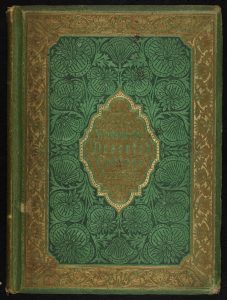
This already complicated history of revision, before and after publication, is further confused by the appearance in 1859 of a volume titled The Deserted Cottage, produced under the imprint of George Routledge and Company. This curious book represented itself in the preface as the fulfillment of a wish by Samuel Taylor Coleridge to see “the first two books of The Excursion … published separately,” though Wordsworth himself seems never to have used the title The Deserted Cottage in reference to the first two books of The Excursion nor did he ever conceive of bringing them into publication separately from the whole.
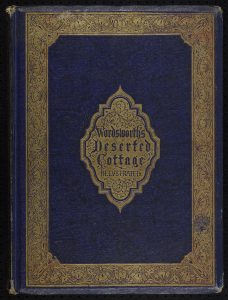
Routledge reproduces the text of the 1814 Excursion, which had come out of copyright in 1858. However, that text was issued before the extensive revisions incorporated in Moxon’s 1857 edition of The Excursion. Whether readers noticed or minded the missing revisions in the text is unknown. Packaged in an array of attractive colors of decorative cloth, and additionally offered in leather with gauffered edges and marbled endpapers, The Deserted Cottage was marketed by Routledge like a gift or prize book. The copies in the RBC’s Wordsworth Collection speak to this history: several contain contemporary gift inscriptions.
